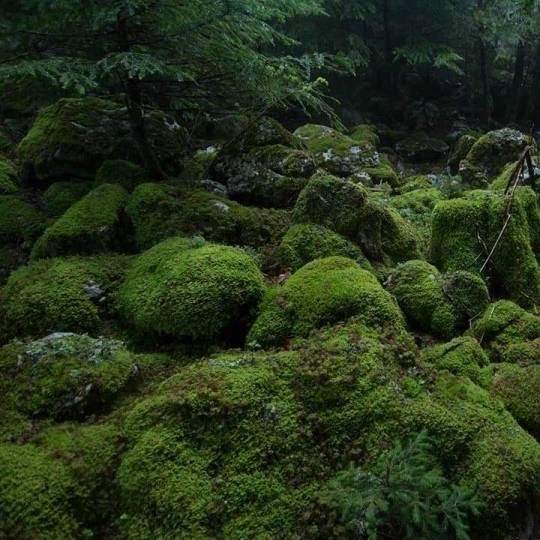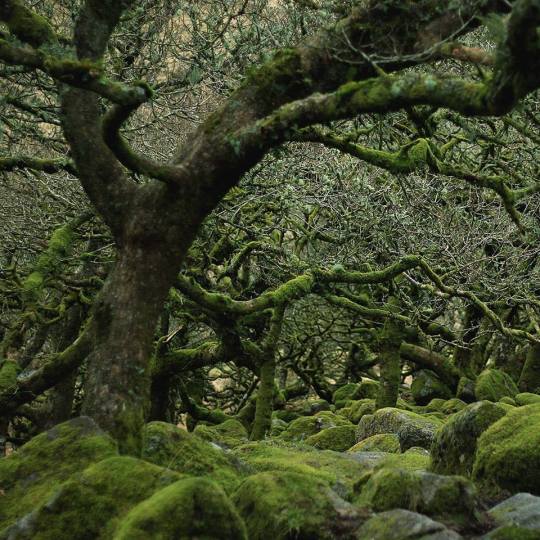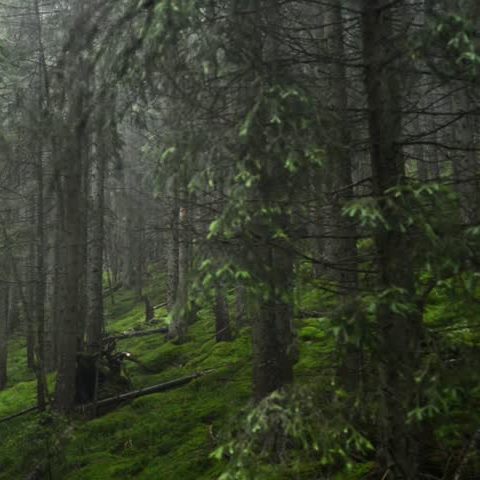Spiritual stuff is mostly on my sideblog: (anorsewitch.tumblr.com) I like animals, nature, and the cosmos. I train horses and mostly keep to myself.
Don't wanna be here? Send us removal request.
Photo


Have a wonderful day 💚🍃
Photo(s) by Robert Adamec
11K notes
·
View notes
Photo

“Oft in the woods is a listener nigh.” - The Saga of Grettir the Strong
8K notes
·
View notes
Text
“Wilderness must be preserved; it is a spiritual necessity. Even though few may visit wilderness areas they remain an open back door, a safety valve for those who never enter them.”
— Eliot Porter(via riverwindphotography)
762 notes
·
View notes
Text
Galaxies: Types and morphology
A galaxy is a gravitationally bound system of stars, stellar remnants, interstellar gas, dust, and dark matter. Galaxies range in size from dwarfs with just a few hundred million (108) stars to giants with one hundred trillion (1014) stars, each orbiting its galaxy’s center of mass.
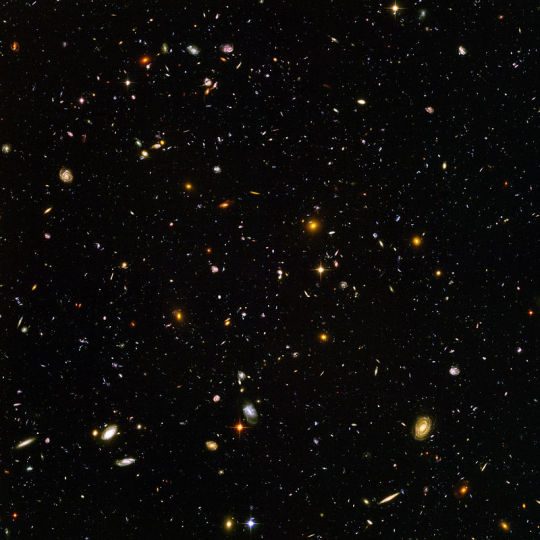
Galaxies come in three main types: ellipticals, spirals, and irregulars. A slightly more extensive description of galaxy types based on their appearance is given by the Hubble sequence.
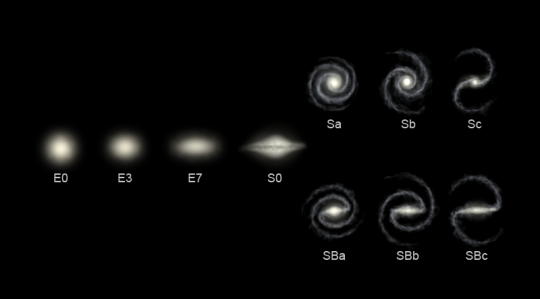
Since the Hubble sequence is entirely based upon visual morphological type (shape), it may miss certain important characteristics of galaxies such as star formation rate in starburst galaxies and activity in the cores of active galaxies.
Ellipticals
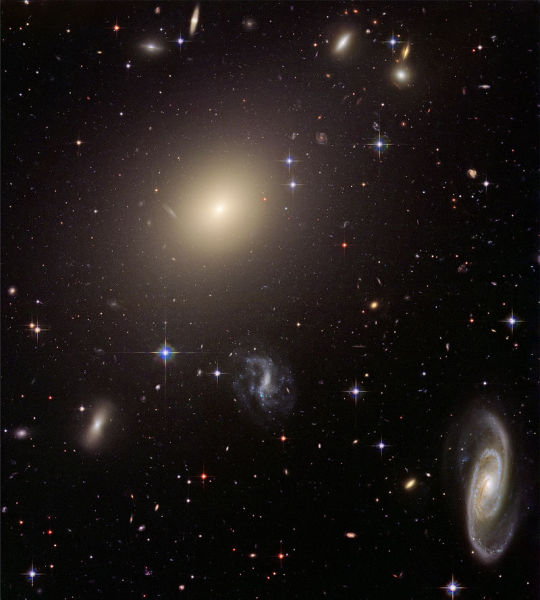
The Hubble classification system rates elliptical galaxies on the basis of their ellipticity, ranging from E0, being nearly spherical, up to E7, which is highly elongated. These galaxies have an ellipsoidal profile, giving them an elliptical appearance regardless of the viewing angle. Their appearance shows little structure and they typically have relatively little interstellar matter. Consequently, these galaxies also have a low portion of open clusters and a reduced rate of new star formation. Instead they are dominated by generally older, more evolved stars that are orbiting the common center of gravity in random directions.
Spirals

Spiral galaxies resemble spiraling pinwheels. Though the stars and other visible material contained in such a galaxy lie mostly on a plane, the majority of mass in spiral galaxies exists in a roughly spherical halo of dark matter that extends beyond the visible component, as demonstrated by the universal rotation curve concept.
Spiral galaxies consist of a rotating disk of stars and interstellar medium, along with a central bulge of generally older stars. Extending outward from the bulge are relatively bright arms. In the Hubble classification scheme, spiral galaxies are listed as type S, followed by a letter (a, b, or c) that indicates the degree of tightness of the spiral arms and the size of the central bulge.
Barred spiral galaxy

A majority of spiral galaxies, including our own Milky Way galaxy, have a linear, bar-shaped band of stars that extends outward to either side of the core, then merges into the spiral arm structure. In the Hubble classification scheme, these are designated by an SB, followed by a lower-case letter (a, b or c) that indicates the form of the spiral arms (in the same manner as the categorization of normal spiral galaxies).
Ring galaxy

A ring galaxy is a galaxy with a circle-like appearance. Hoag’s Object, discovered by Art Hoag in 1950, is an example of a ring galaxy. The ring contains many massive, relatively young blue stars, which are extremely bright. The central region contains relatively little luminous matter. Some astronomers believe that ring galaxies are formed when a smaller galaxy passes through the center of a larger galaxy. Because most of a galaxy consists of empty space, this “collision” rarely results in any actual collisions between stars.
Lenticular galaxy

A lenticular galaxy (denoted S0) is a type of galaxy intermediate between an elliptical (denoted E) and a spiral galaxy in galaxy morphological classification schemes. They contain large-scale discs but they do not have large-scale spiral arms. Lenticular galaxies are disc galaxies that have used up or lost most of their interstellar matter and therefore have very little ongoing star formation. They may, however, retain significant dust in their disks.
Irregular galaxy
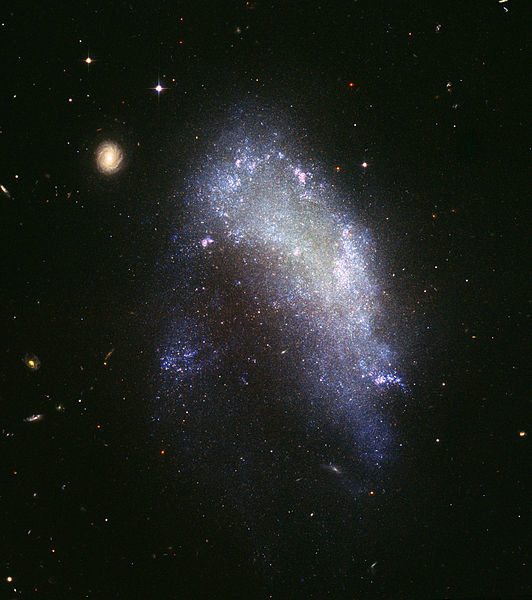
An irregular galaxy is a galaxy that does not have a distinct regular shape, unlike a spiral or an elliptical galaxy. Irregular galaxies do not fall into any of the regular classes of the Hubble sequence, and they are often chaotic in appearance, with neither a nuclear bulge nor any trace of spiral arm structure.
Dwarf galaxy

Despite the prominence of large elliptical and spiral galaxies, most galaxies in the Universe are dwarf galaxies. These galaxies are relatively small when compared with other galactic formations, being about one hundredth the size of the Milky Way, containing only a few billion stars. Ultra-compact dwarf galaxies have recently been discovered that are only 100 parsecs across.
Interacting
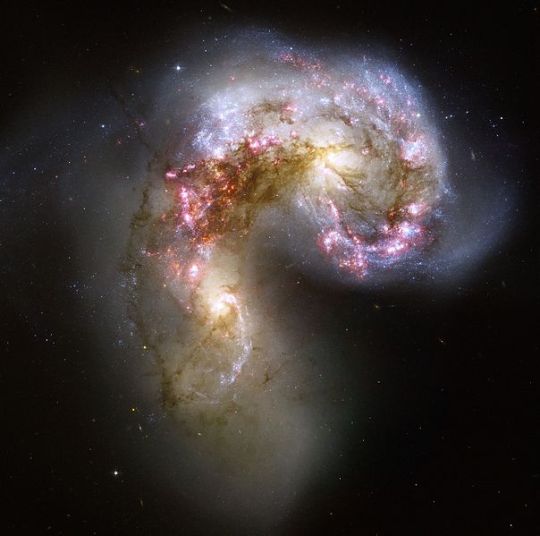
Interactions between galaxies are relatively frequent, and they can play an important role in galactic evolution. Near misses between galaxies result in warping distortions due to tidal interactions, and may cause some exchange of gas and dust. Collisions occur when two galaxies pass directly through each other and have sufficient relative momentum not to merge.
Starburst
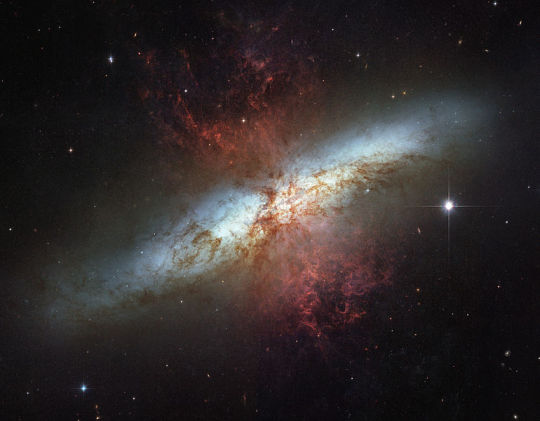
Stars are created within galaxies from a reserve of cold gas that forms into giant molecular clouds. Some galaxies have been observed to form stars at an exceptional rate, which is known as a starburst. If they continue to do so, then they would consume their reserve of gas in a time span less than the lifespan of the galaxy. Hence starburst activity usually lasts for only about ten million years, a relatively brief period in the history of a galaxy.
Active galaxy
A portion of the observable galaxies are classified as active galaxies if the galaxy contains an active galactic nucleus (AGN). A significant portion of the total energy output from the galaxy is emitted by the active galactic nucleus, instead of the stars, dust and interstellar medium of the galaxy.

The standard model for an active galactic nucleus is based upon an accretion disc that forms around a supermassive black hole (SMBH) at the core region of the galaxy. The radiation from an active galactic nucleus results from the gravitational energy of matter as it falls toward the black hole from the disc. In about 10% of these galaxies, a diametrically opposed pair of energetic jets ejects particles from the galaxy core at velocities close to the speed of light. The mechanism for producing these jets is not well understood.

The main known types are: Seyfert galaxies, quasars, Blazars, LINERS and Radio galaxy.
source
images: NASA/ESA, Hubble (via wikipedia)
8K notes
·
View notes
Text
A Folk Witch Library

Hidden like Viking gold under the landscape there is a rich body of nearly lost folkwitch tradition hiding in plain sight on the internet. Particularly in the 18th and 19th century antiquarians, folklorists and ethnologists documented the rural and occasionally urban folk beliefs of practically all of the UK and much of Europe. Organizations like the Folklore Society, founded in 1878, were created to help catalog and publish this body of collected ethnological data. A vast repository of a spectrum of witch and cunning craft practices.
Below are a list of links to various sources on the internet. The non Abramhamic roots of British folk traditions date from an era of Celtic settlers, and thus much of the spirit tradition concerns beings we now collectively call “fairies”, though their origins and nature differ greatly.
Books Available Online for free:
Folklore Society/Folk-Lore Journal:
Over 100 publications made by the Folk-Lore Society can be found on Archive.org. Unfortunately these are mostly unsorted, although they represent a massive amount of folkwitch information. Particularly in the realm of curses, hexes, salves, second sight, and boundary magic.
I will be launching a separate blog dedicated to delving into the contents of the Folklore Society’s publications in the next few weeks. In the meantime - Happy digging: Link to archive of FOLKLORE JOURNAL
Books whose content focuses on first-hand accounts of folk traditions, alpha by author. (* denotes particularly important titles)
Richard Blakeborough - Wit, Character, Folklore and Customs of the North Riding of Yorkshire (1898)
J G Campbell - Witchcraft & Second Sight in the Highlands and Islands of Scotland (1902) - Superstitions of the Highlands & Islands of Scotland, Collected entirely from Oral Sources (1900)*
Edward Clodd - Tom Tit Tot - an essay on savage philosophy in folk-tale (1898)
Oswald Cockayne - Leechdoms, Wortcunning, and Starcraft of Early England (1864)
Thomas Crofton Croker - Fairies Tales and Legends of the South of Ireland (1834)*
John Graham Dalyell - The Darker Superstitions of Scotland (1834)*
Walter Evans-Wentz - The Fairy-Faith in Celtic Countries (1911)
Richard Folkard - Plant Lore, Legends and Lyrics (1892)
W. Gregor - Notes on the Folklore of the North East of Scotland (1881)
Lady Gregory - Visions and Beliefs in the West of Ireland (1920)*
William Henderson - Notes on the Folk-Lore of the Northern Counties of England and the Borders (1866)*
Thomas Keightley - The Fairy Mythology (1828)
Robert Kirk - The Secret Commonwealth (1893, written 1691)*
Fiona Macleod (William Sharp) - Where the Forest Murmurs (Nature Essays) 1906
James Napier - Folk Lore - Superstitious Beliefs in the West of Scotland within this Century (1879)*
Sir Walter Scot - Letters on Witchcraft and Demonology (1884) - The Existence of Evil Spirits Proved (1843)
Charles Kirkpatrick Sharpe - A Historical Account of the belief in Witchcraft in Scotland (1884)
Wirt Sikes - British Goblins Welsh Folklore fairy mythology legends and traditions (1880)
Eve Simpson - Folklore in Lowland Scotland (1908)
Benjamin Thorpe -Northern Mythology, Comprising the Principal Popular Traditions and Superstitions of Scandinavia, North Germany, and the Netherlands Volume 1 Volume 2 Volume 3
Lady Wilde - Ancient Legends, Mystic Charms, and Superstitions of Ireland * Volume 1 Volume 2 Volume 3
Thomas Wilkie - Old Rites, Ceremonies, and Customs of the Inhabitants of the Southern Counties of Scotland (1916) (History Of The Berwickshire Naturalists’ Club Vol 23 1916-18, pages 50-145)
Suggested books that are unfortunately in copyright or otherwise not currently available online:
(Links to goodreads and worldcat.org)
Katharine Briggs - The Anatomy of Puck (1959)* - Pale Hecate’s Team (1962)* - Fairies in English Tradition and Literature (1967)
Thomas Davidson - Rowan Tree and Red Thread (1949)
George Ewart Evans - The Pattern Under the Plow (1971)* - Ask the Fellow Who Cuts the Hay (1965) - The Crooked Scythe
Harold Hansen - The Witch’s Garden (1978)
DA Mac Manus -The Middle Kingdom (1959)*
Emma Wilby - Cunning Folk and Familiar Spirits: Shamanistic Visionary Traditions in Early Modern British Witchcraft and Magic (2005)* - The Visions of Isobel Gowdie: Magic, Witchcraft and Dark Shamanism in Seventeenth-Century Scotland (2010)
C. L. Zalewski - Herbs in Magic and Alchemy: Techniques From Ancient Herbal Lore (1990)
Misc Short articles:
Frederika Bain - The Binding of the Fairies: Four Spells (2012)
Thomas Forbes - Witch’s Milk and Witches’ Marks (link to pdf)* (Yale Journal of Biology and Medicine, XXII 1950)
Fae Honeybell - Cunning Folk and Wizards In Early Modern England (2010) (link to pdf)
Canon J. A. Macculloch - The Mingling of Fairy and Witch Beliefs in Sixteenth and Seventeenth Century Scotland (Folk-Lore/Volume 32/1921)
17K notes
·
View notes
Photo

Saturn and Moon
Image credit: Tunc Tezel (TWAN)
5K notes
·
View notes
Photo

The Spindle Galaxy (NGC 5866), a lenticular galaxy in the Draco constellation. This image shows that lenticular galaxies may retain a considerable amount of dust in their disk. There is little to no gas and thus they are considered deficient in interstellar matter.
Credit: NASA, ESA, and The Hubble Heritage Team (STScI/AURA
944 notes
·
View notes



